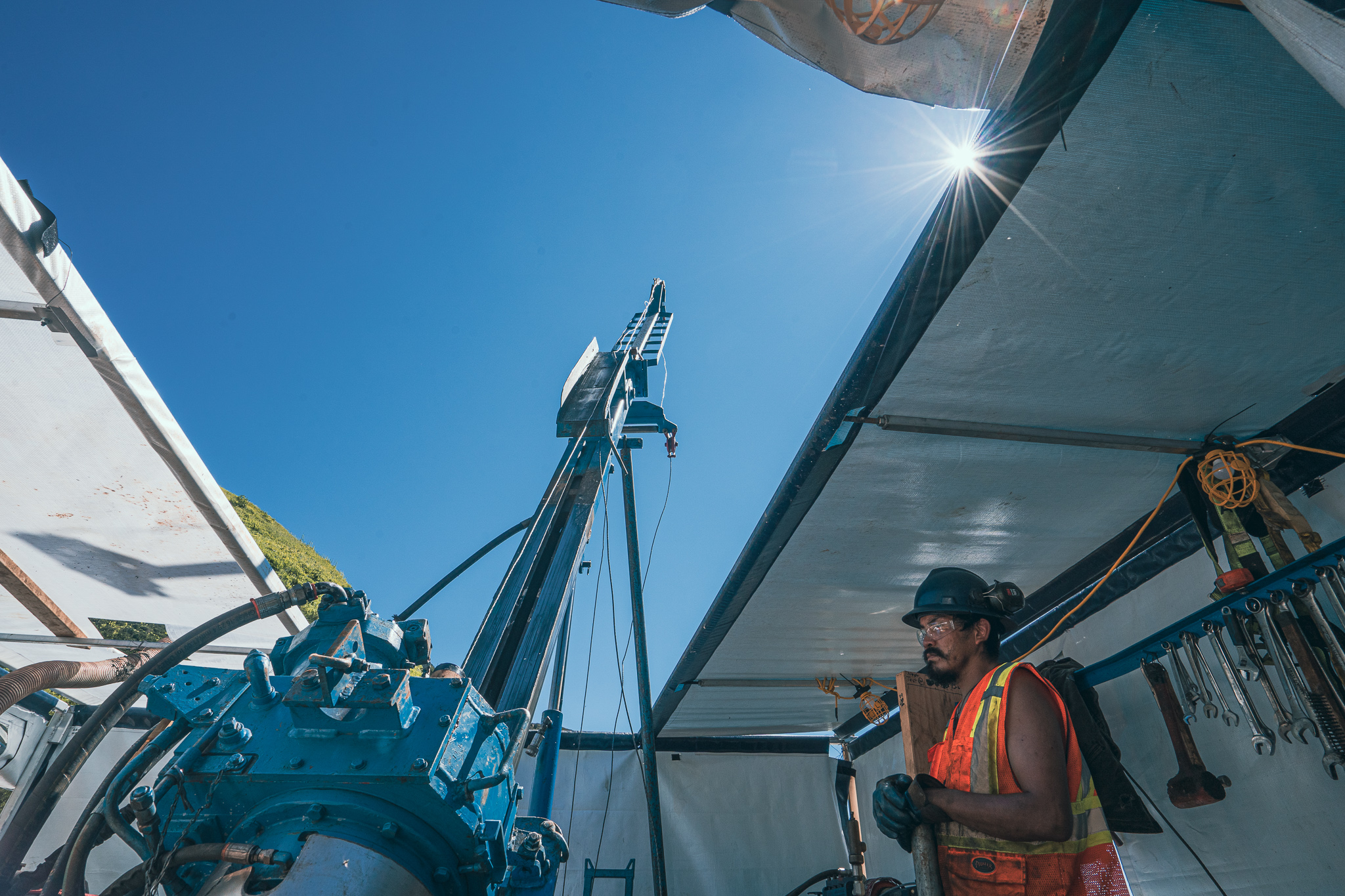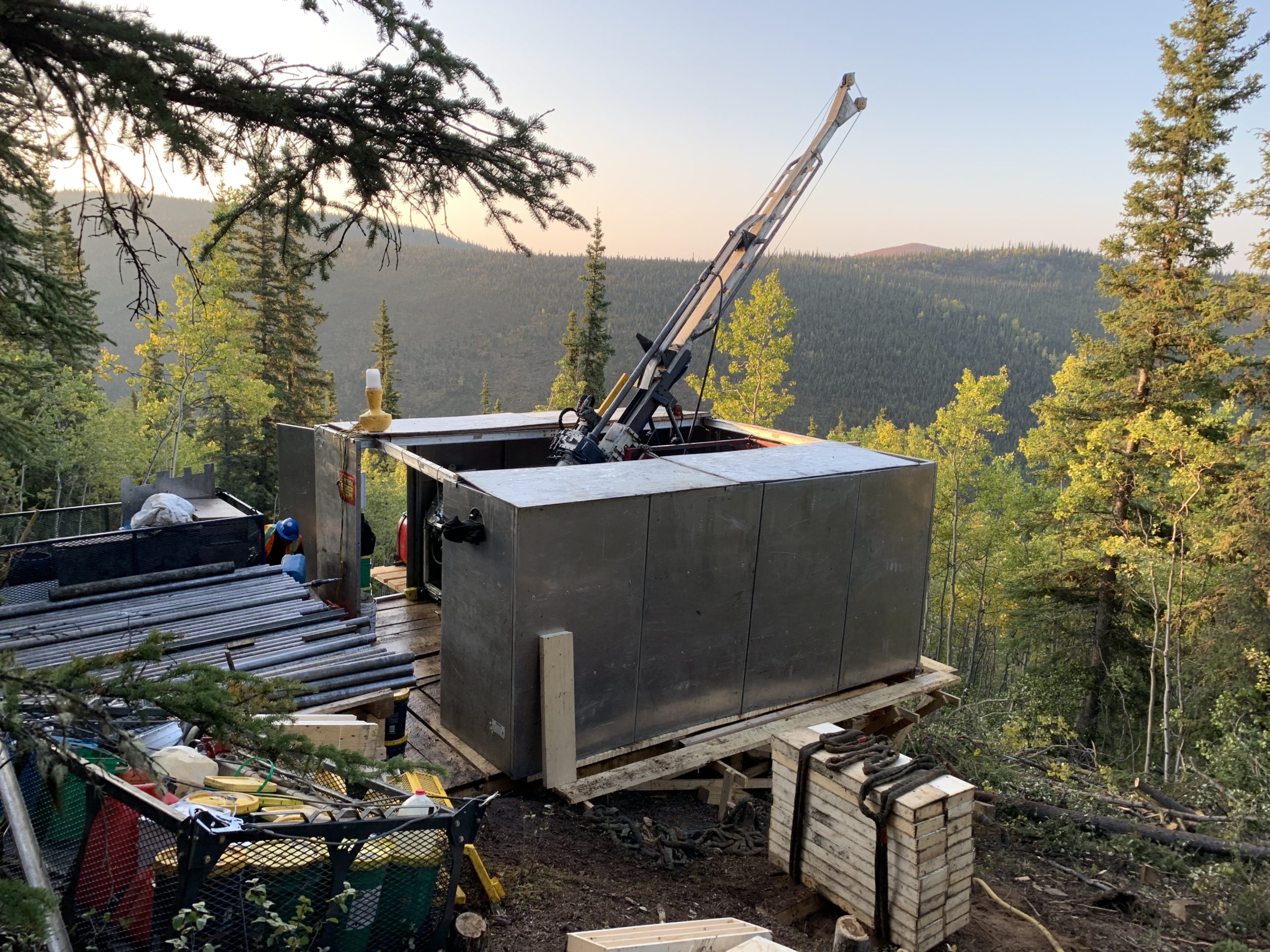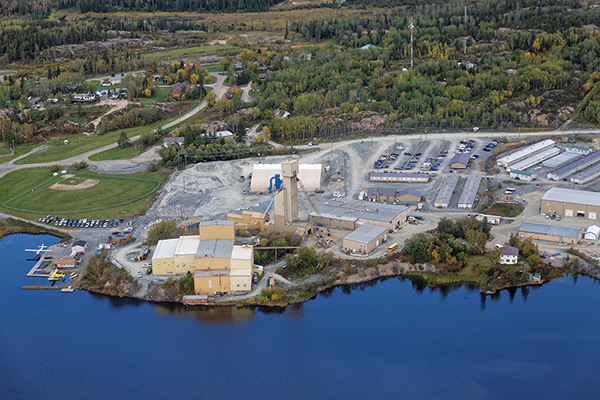VANCOUVER — Toronto-based explorer Noront Resources is banking on a newly published feasibility study at its advanced stage Eagle's Nest polymetallic nickel-sulphide deposit — which also includes copper, platinum, palladium, and gold — to move the company towards the development threshold.
The 100%-owned Eagle's Nest deposit is part of Noront's McFaulds Lake property in Ontario's James Bay Lowlands. The company maintains the largest land position in the Ring of Fire, totalling 1,120 km2.
After completing a preliminary economic assessment in 2008, Noront determined through delineation drilling that Eagle's Nest was a sub-vertical, continuous magmatic massive sulphide body extending to depths of 1,200 metres, with a strike length from 100 to 200 metres and a thickness ranging from 25 to 75 metres.
Noront released its feasibility study on Sept. 4, based on proven and probable reserves totalling 11 million tonnes averaging 1.68% Ni, 0.87% Cu, 0.89 g/t Pt, 3.09 g/t Pd, and 0.18 g/t Au. The company reported metallurgical recoveries at 83% Ni, 89.7% Cu, 74% Pt, 82.3% Pd, and 77% Au.
The project carries an additional 9 million inferred tonnes grading 1.1% Ni, 1.14% Cu, 1.16 g/t Pt, 3.49 g/t Pd, and 0.3 g/t Au that could extend the project's life through further drilling.
Initial capital expenditures are largely in line with figures from previous economic studies, as Eagle's Nest carries a US$609-million price tag. Estimated operating costs over an 11-year mine life would total US$97 per tonne or $2.34 per lb NiEq.
Noront's mine plan involves underground mining via blasthole, sub-level stoping, with initial mine production from an internal ramp. After three years of operation additional production ramps will be excavated to provide access to the lower levels of the deposit. Eagle's Nest would operate at an annual throughput rate of 1 million tonnes, and produce roughly 150,000 tonnes of nickel-copper concentrate per year.
“We are currently focused on site work in advance of project development as we evaluate opportunities to finance project construction," commented president and CEO Wesley Hanson.
Noront is completing condemnation, geotechnical and hydrological drilling near its proposed portal location, and exploring the possibility of producing separate nickel and copper concentrates to diversify production. The company is banking on a nickel price rally through 2016, when Eagle's Nest is slated to begin production
“That timing matches the planned start of production,” Hanson concluded. “With nickel production costs in the lowest quartile of existing and planned nickel producers and limited capital costs, Eagle’s Nest remains one of the most exciting opportunities in the nickel sector today.”
Under Noront's economic study, Eagle's Nest would carry an after-tax net present value of US$543 million and 28% internal rate of return at an 8% discount rate. Life-of-mine capital costs clock in at US$160 million, with a capital payback period of three years based on the company's 100% ownership.
Metal price assumptions include $9.43 per lb nickel, $3.60 per lb copper, $1,600 per oz. platinum, $599 per oz. palladium, and $1,415 per oz. gold. Eagle Nest's feasibility is definitely hinged on improving metal markets, as at current prices the discounted cash flow model returns an after-tax NPV of US$233 million and IRR of 18%.
Noront's plan also hinges on the construction of an all-season, north-south road that would connect the Ring of Fire with existing provincial infrastructure. The company received a letter on Aug. 10 from Ontario's Ministry of Northern Development and Mines (MNDM) advising it that Cliffs Natural Resources was in early stage discussions to construct a US$600-million regional roadway. The MNDM acknowledged that the Province would likely make a capital contribution to the infrastructure project.
“The decision of the province to financially support the north-south road corridor pending certain approvals is a very positive development in unlocking the mineral wealth of the Ring of Fire,” Hanson stated. “Our discussions have confirmed that the all-season road will be accessible to all industrial users including Cliffs and that the costs to use the road will be based on proportional usage.”
According to Hanson the proportional aspect of the toll system is an important consideration for Noront, as the company figures its concentrate shipments would represent less than 7% of the region’s currently “identified ore haulage.”
In early July, Noront released drill results from an exploration program on two auxiliary targets at McFaulds Lake. Eagle Two (AT-2) is an anomaly located two km southwest of the existing resource.
Eagle Two has yet to demonstrate similar grade potential, but Noront maintains it as a "promising exploration target", with recent drill highlights including: 33 metres carrying 0.31% Ni, 0.014% Cu, 0.034 g/t Pt, and 0.15 g/t Au in hole 12-1G001; and 17 metres averaging 0.23% Ni, 0.06% Cu, 0.044 g/t Pt, and 0.27 g/t Au in hole 12-1G002A.
The AT-12 anomaly lies roughly nine kilometres northeast of the Eagle's Nest deposit and remains a "high priority" target for Noront. The company has completed 50 holes over 19,000 metres at AT-12, with July assays including: 10 metres grading 1.02% Ni, 0.23% Cu, 0.31 g/t Pt, and 1.47 g/t Pd in hole AT12-002; and 12 metres averaging 0.89% Ni, 0.34% Cu, 0.39 g/t Pt, and 2.04 g/t Pd in hole AT12-003.
Noront has traded within a 52-week range of 36¢ and 94¢, with recent market activity keeping the stock near yearly lows. The feasibility study resulted in a marginal 1.4% bump in share price en route to a 38¢ press time close. The company will probably need to get a bit creative with project financing considering it has 230 million shares outstanding. Noront closed a US$10 million private placement in late April, and held US$12.7 million in working capital at the end of the second quarter.
To read more Northern Miner articles, click here





Comments